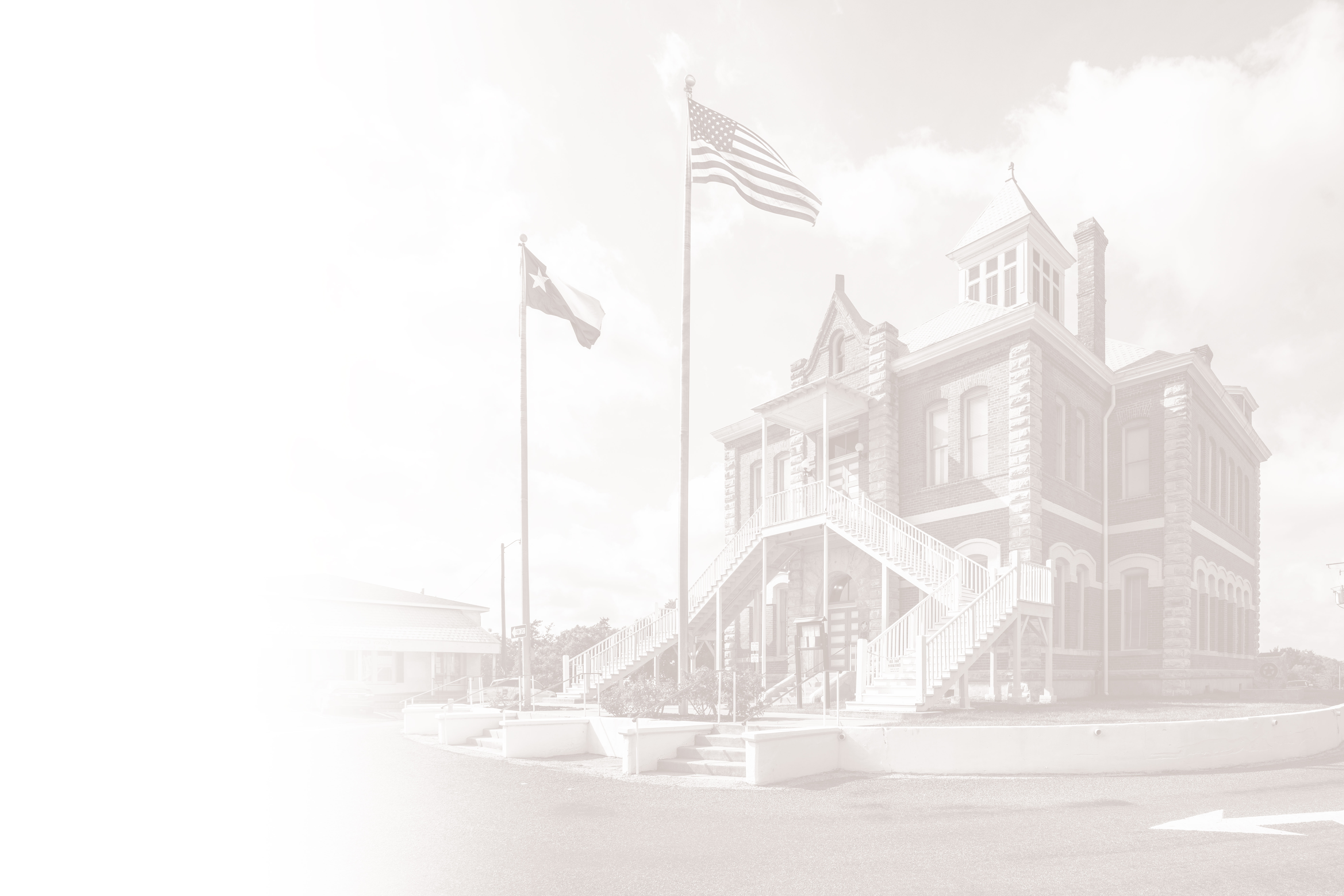In March 1852, the 8th U.S. Infantry established Fort McKavett to protect West Texas settlers and serve as a rest stop for California-bound immigrants. In 1859, Fort McKavett was abandoned due to a decline in warfare with Native Americans as a result of the establishment of reservations in Texas and immigrants using a more southerly route to California. The post was occupied briefly during the Civil War and served as a temporary prisoner-of-war camp until being abandoned by the Texans in April 1862.
In 1868, the Army reopened Fort McKavett as a military post when hostilities between local Comanche Indians and the settlers increased after the Civil War. From 1868 to 1883, Fort McKavett served as a major supply depot providing food and provisions for most of the military campaigns, scientific and mapping explorations and other forts in West Texas.
By 1875, hostilities in the area had been resolved, resulting in the mandatory relocation of Native Americans to reservations in Oklahoma, and Fort McKavett was finally abandoned by Company D of the 16th Infantry Regiment in 1883. Soon after the Army left, settlers began to move into the vacant buildings and the town of Fort McKavett was born, with the last residents moving out of the original buildings in 1973.
Fort McKavett was designated a state historic site on May 17, 1968 to help preserve its important role in history for the enjoyment of present and future generations.
Did You Know?
- Fort McKavett was home to soldiers from all four of the famous Buffalo Soldier regiments. Many of these African American soldiers used the educational and financial opportunities given to them by the Army to become successful businessmen after their service.
- Sgt. Emanuel Stance of the 9th Cavalry received the first Medal of Honor awarded to an African American soldier after the Civil War for his service at Fort McKavett.
- Women were employed by the Army at Fort McKavett as laundresses. It was common for a woman to do the laundry of 19 men for $1 per soldier a month, including housing and food. Although it was difficult work, these women made $19 or more a month while an Army private made $13.
- Under direction of the Fort McKavett surgeon, Army personnel at the fort became the first weathermen in the area by keeping records of temperatures and rainfall at the post.
- Fort McKavett’s structures are considered among the most well-preserved of the Texas frontier forts.
